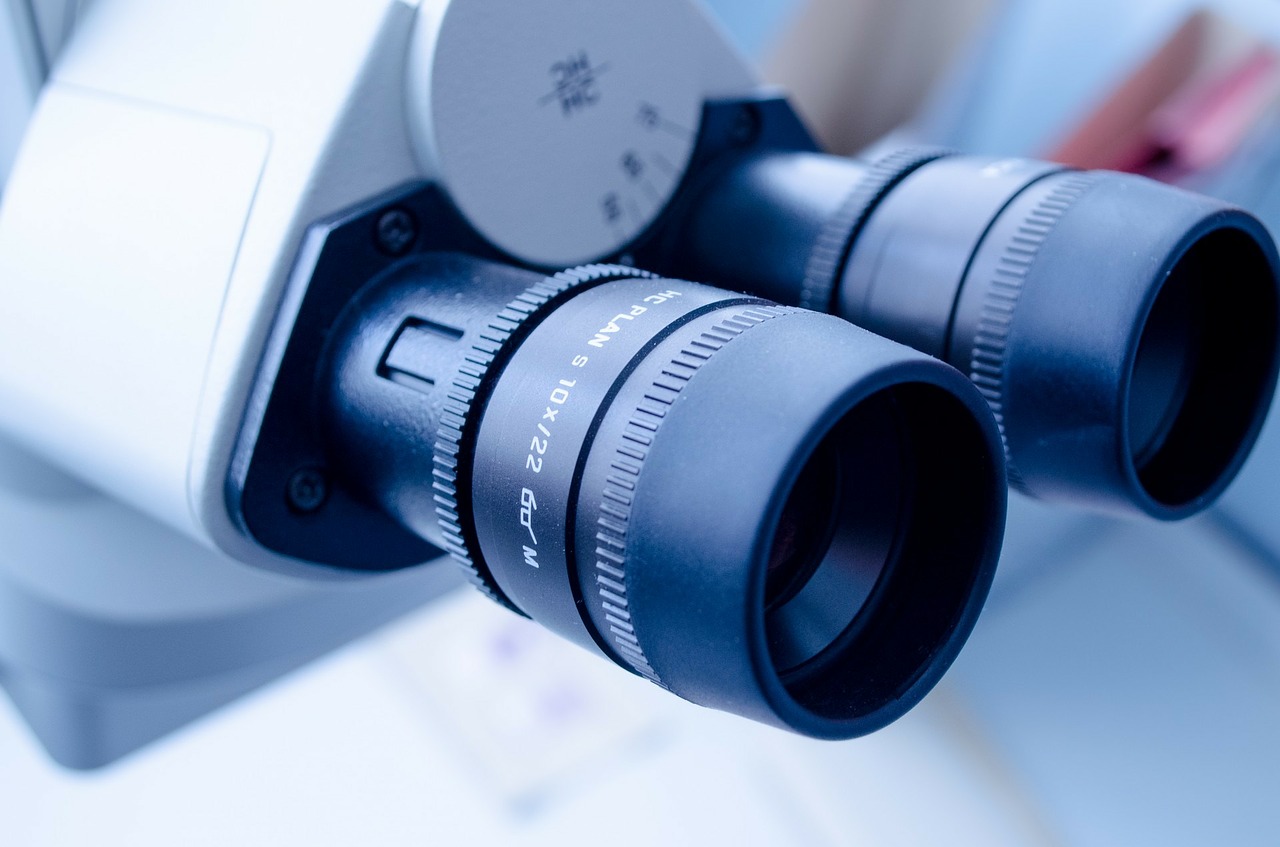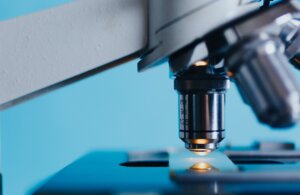Billions of microbeads are littered into aquatic habitats. (Credit: Thegreenj, CC BY-SA)
Every day, millions of people around the world wash their skin and brush their teeth with products containing tiny pieces of plastic.
According to an article on theconversation.com plastic microbeads are used as exfoliating agents in hundreds of personal care products globally, including face wash, body wash and toothpaste. Products containing microbeads, like all washes and toothpastes, are designed to be rinsed down the drain, and thus trillions of these tiny plastic beads travel to wastewater treatment plants daily.
Due to their small size – some not much bigger than the period at the end of a sentence – many are not filtered by typical treatment processes. As a consequence, billions of microbeads are littered into aquatic habitats via final effluent or sewage sludge. Once in aquatic and marine environments, microbeads can be consumed by shellfish and fish and have already likely made their way back to us through seafood.
Microbeads represent one of the most difficult-to-monitor and difficult-to-clean, yet easy-to-solve, components of the global microplastic debris problem in our marine environments. By banning plastic microbeads from personal care products, we would remove this source of plastic debris from our waterways.
The California Assembly late last month voted to prohibit the sale of microbeads starting in 2020; a similar measure failed in the state Senate last year. Other states and countries have advanced similar – although not as strict – bills to ban microbeads.
How plastic microbeads are causing big problems










